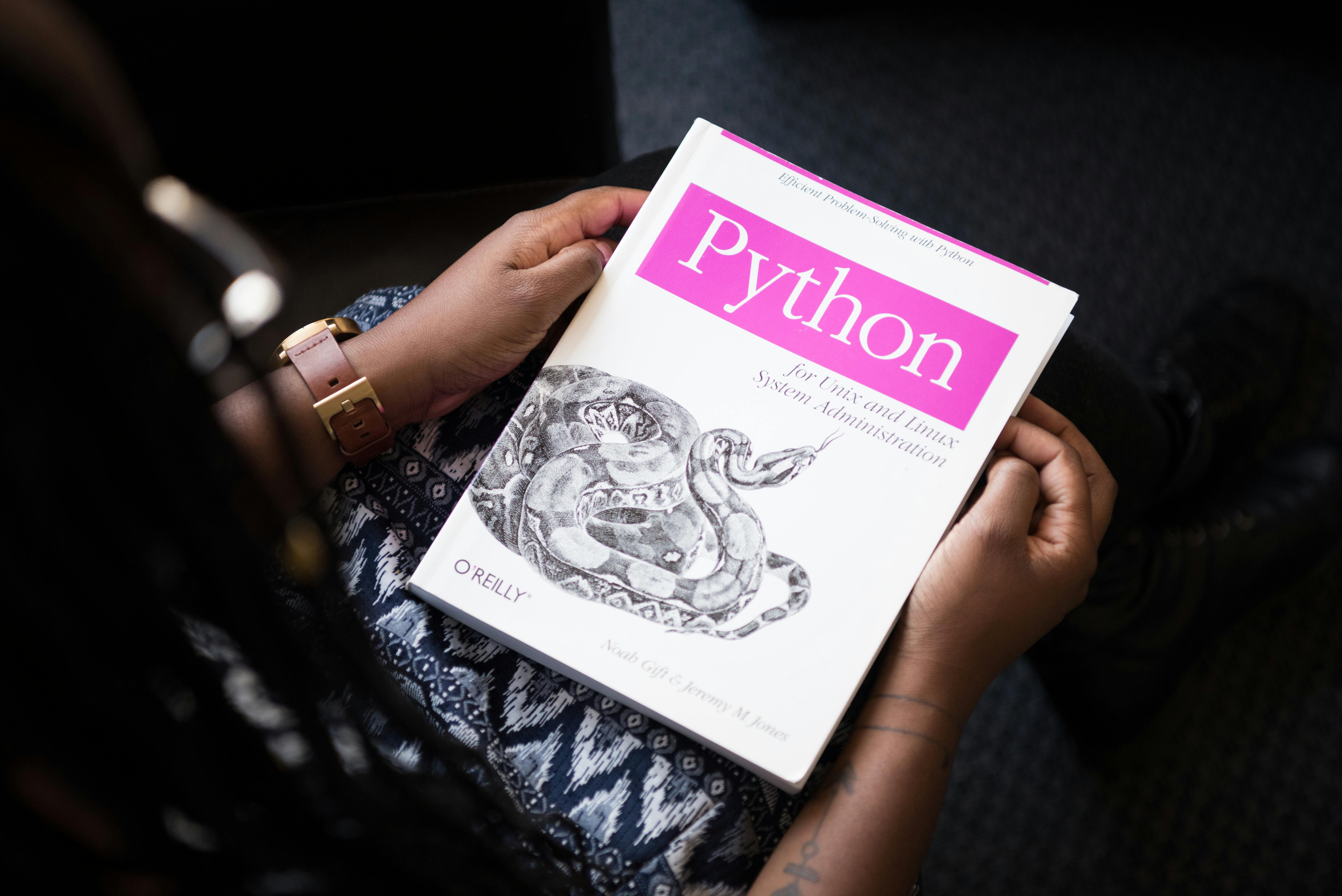Mastering Python: Key Concepts from Handwritten Notes
Mastering Python: Key Concepts from Handwritten Notes
Whether you're a beginner in programming or brushing up your skills, Python remains a go-to language due to its simplicity, versatility, and wide application in fields like web development, data science, and automation. I recently explored a comprehensive set of handwritten Python notes, and in this post, I’ll share a curated summary of those insights to help you quickly grasp essential Python concepts.
🧠 Why Python?
Python is favored for its:
-
Easy-to-read syntax
-
Support for multiple programming paradigms
-
Extensive standard library
-
Strong community support
This makes it ideal for both scripting small tasks and building large-scale applications.
🗂️ Key Highlights from the Notes
1. Variables and Data Types
Python is dynamically typed, which means you don’t need to declare a variable type:
Supports standard types like:
-
int,float,str,bool -
list,tuple,set,dict
2. Operators
All the arithmetic (+, -, *, /, //, %, **), relational (==, !=, >, <, etc.), logical (and, or, not), and bitwise operators are covered with clear examples.
3. Conditional Statements
Python uses indentation instead of braces:
4. Loops
Both for and while loops are covered, including loop control statements like break, continue, and pass.
Example:
5. Functions
📖 Theory:
Functions are reusable blocks of code that perform a specific task. In Python, they’re defined using the def keyword.
Types of arguments:
-
Positional
-
Default
-
Keyword
-
Variable-Length (
*args,**kwargs)
💡 Example:
🔹 6. Object-Oriented Programming (OOP)
📖 Theory:
OOP is a paradigm based on the concept of "objects", which can contain data and code.
🧱 Four Pillars of OOP:
-
Encapsulation: Binding data and methods together.
-
Abstraction: Hiding complex implementation details.
-
Inheritance: Creating new classes from existing ones.
-
Polymorphism: Same interface, different behaviors.
💡 Example:
🔹 7. Exception Handling
📖 Theory:
Errors can disrupt the flow of a program. Python uses exceptions to manage such situations.
💡 Keywords:
-
try: Block of code to test -
except: Block to handle error -
else: Executes if no error occurs -
finally: Executes regardless of error
💡 Example:
🔹 8. File Handling
📖 Theory:
Python provides built-in functions to read/write files using the open() function. Always close files using .close() or with context.
💡 Modes:
-
r: Read -
w: Write -
a: Append -
b: Binary -
+: Update (read/write)
💡 Example:
🔹 9. Modules and Packages
📖 Theory:
A module is a single Python file containing functions and variables. A package is a directory containing multiple modules with an __init__.py file.
💡 Common Modules:
-
math -
random -
datetime -
os
💡 Example:
📝 Final Thoughts
These handwritten notes provide a distilled yet thorough overview of Python, ideal for:
-
Interview preparation
-
Quick revision
-
Academic learning
-
Building strong conceptual foundations
Python's simplicity does not compromise its power, making it suitable for both beginners and experienced developers.
 |
| Download Notes |
there notes are made by -: curious-coder





Post a Comment
0 Comments